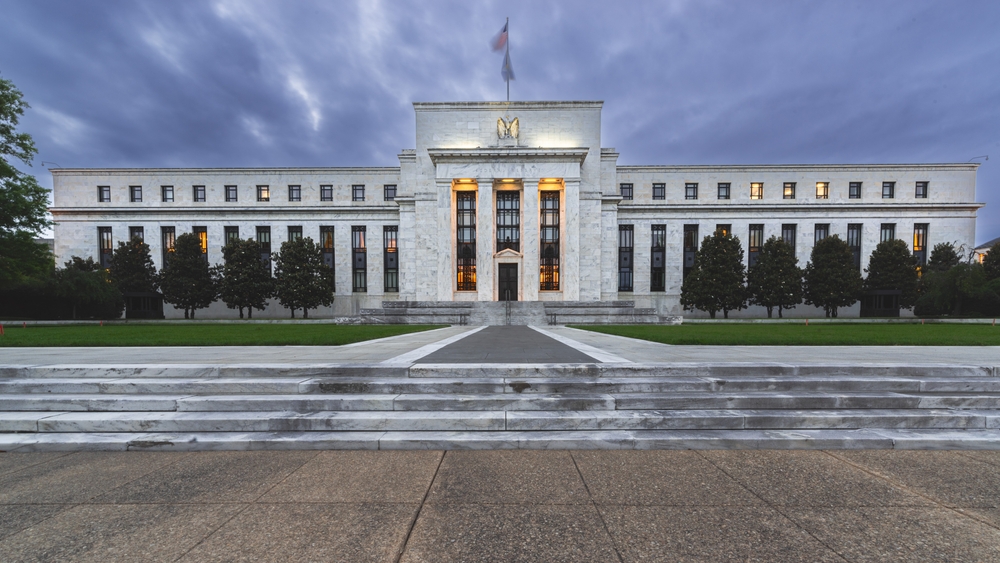On May 7, 2025, the Federal Reserve announced it would leave its benchmark interest rate unchanged at 4.25% to 4.50%, marking the third straight meeting with no change in policy. While many consumers and housing market watchers had hoped for a rate cut to ease borrowing costs, the Fed’s decision came amid mixed economic signals—particularly persistent inflation pressures and global trade uncertainty.
Why the Fed Didn’t Cut Rates
Fed Chair Jerome Powell made it clear: while inflation has come down from its 2022 highs, it’s still not cooling fast enough. The latest Personal Consumption Expenditures (PCE) index showed inflation at 2.7%—well above the Fed’s 2% target. At the same time, the labor market remains surprisingly strong, with unemployment holding near 4% and job creation continuing across sectors.
Additionally, Powell emphasized the Fed’s cautious approach, stating that recent tariff policies and global trade tensions create uncertainty about future price stability. “It’s not at all clear what the appropriate response for monetary policy is at this time,” he said at the post-meeting press conference, referencing the need for more clarity in the data before making any cuts. The Fed’s careful consideration aims to avoid cutting too soon and re-igniting inflation, providing a sense of reassurance to the public.
Consumer Confidence Drops—But Why No Relief?
At the same time, consumer confidence is sliding. The Conference Board’s Consumer Confidence Index dropped sharply in April, hitting its lowest since mid-2022. Consumers are growing increasingly pessimistic about business conditions, job stability, and their finances, concerns that are directly impacting homebuying sentiment.
Traditionally, falling consumer confidence is seen as a warning sign of economic slowdown, often prompting central banks to take supportive actions. But in this case, the Fed is caught between two opposing forces: weakening sentiment on Main Street and sticky inflation in the broader economy. For now, they’re choosing to prioritize inflation control over boosting demand, a decision that aims to maintain the stability of the economy and provide a sense of security to the public.
***See our recent article about the drop in Consumer Confidence here.
What It Means for Mortgage Rates and Real Estate
For mortgage borrowers, the Fed’s decision means continued pressure. While the central bank doesn’t set mortgage rates directly, its policies influence the bond market, especially the 10-year Treasury yield, which mortgage rates closely follow.
As of early May, the average 30-year fixed mortgage rate hovers around 6.76%, only modestly lower than its 2023 peak. These elevated rates are contributing to sluggish real estate activity. Home sales across the U.S. declined in March, and many would-be sellers remain “locked in” to ultra-low mortgage rates they secured during the pandemic, further limiting inventory.
This dynamic is even more visible in high-demand markets like Scottsdale and Metro Phoenix. Listings are sitting longer, price growth has slowed, and buyers remain hesitant, waiting for either rates or home prices to drop.
Looking Ahead
While the Fed has penciled in two potential rate cuts by the end of 2025, Powell cautioned that they’re not on a “pre-set path.” The timing of any future cuts will depend on inflation data, wage growth, and labor market trends, not consumer sentiment alone. This transparency in the decision-making process aims to keep the public informed and included in the Fed’s actions.
In the meantime, the housing market may continue to feel the drag of high rates and low confidence. For buyers, it remains a time to shop cautiously and negotiate strongly. For sellers, pricing realistically is more critical than ever.






